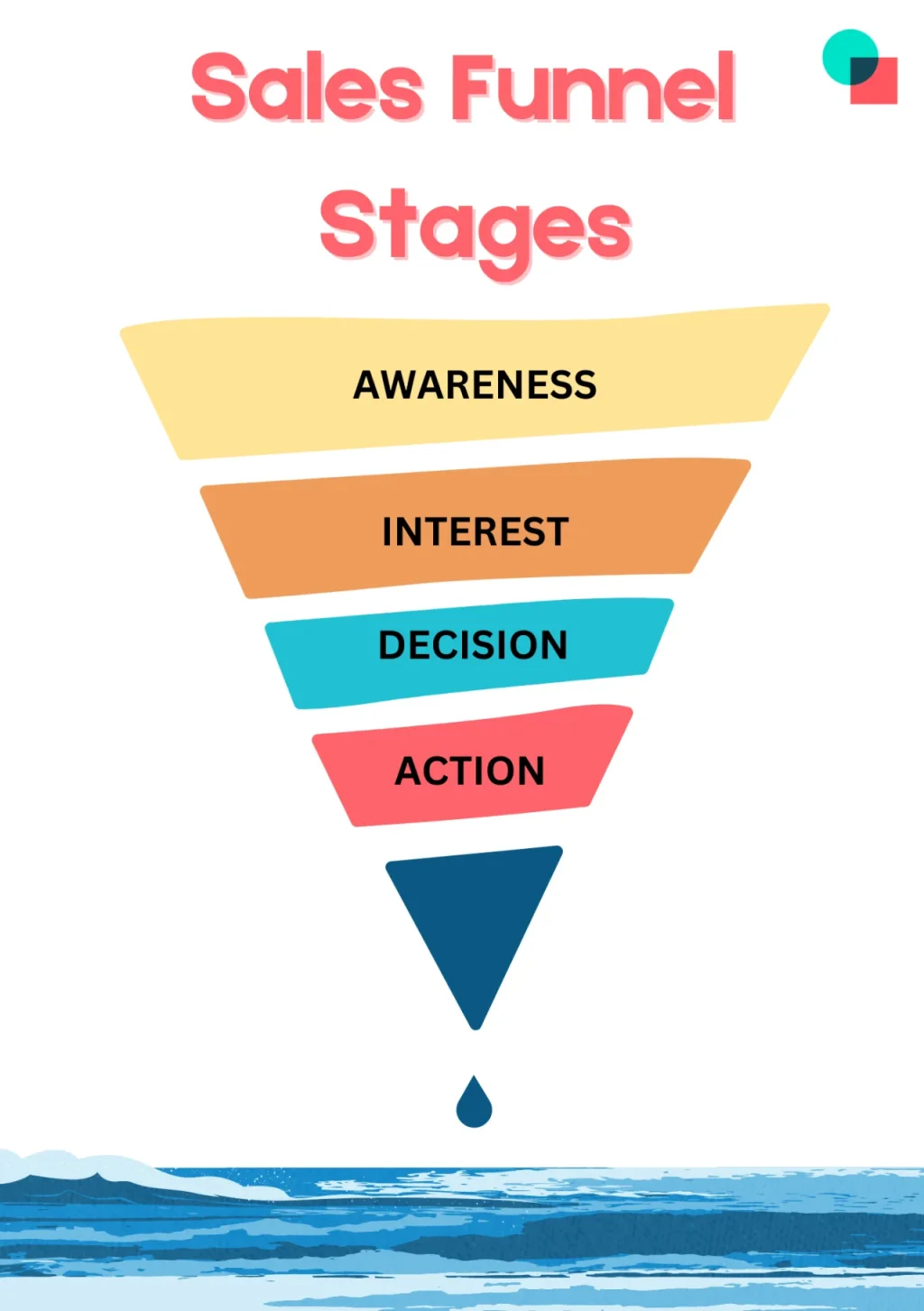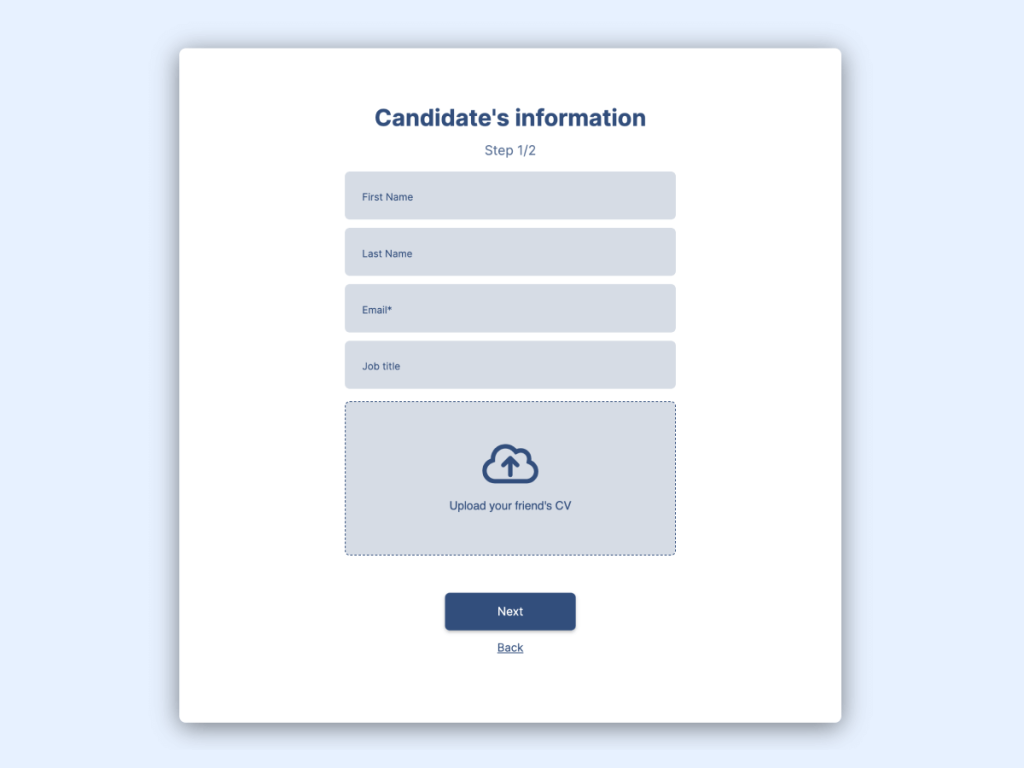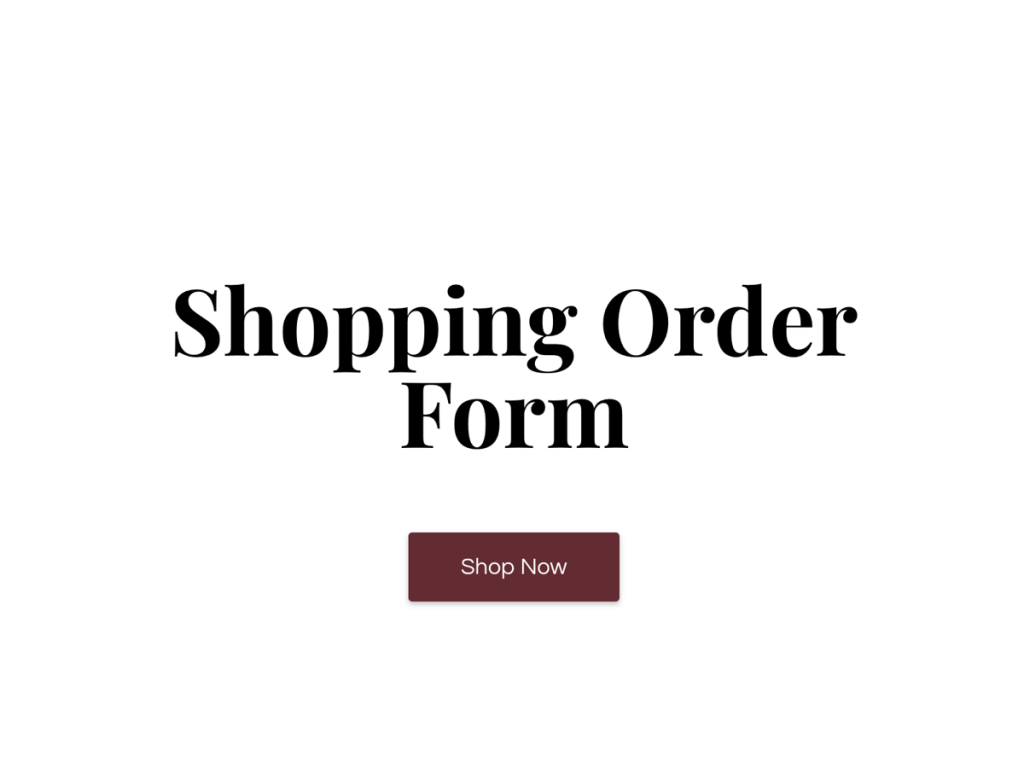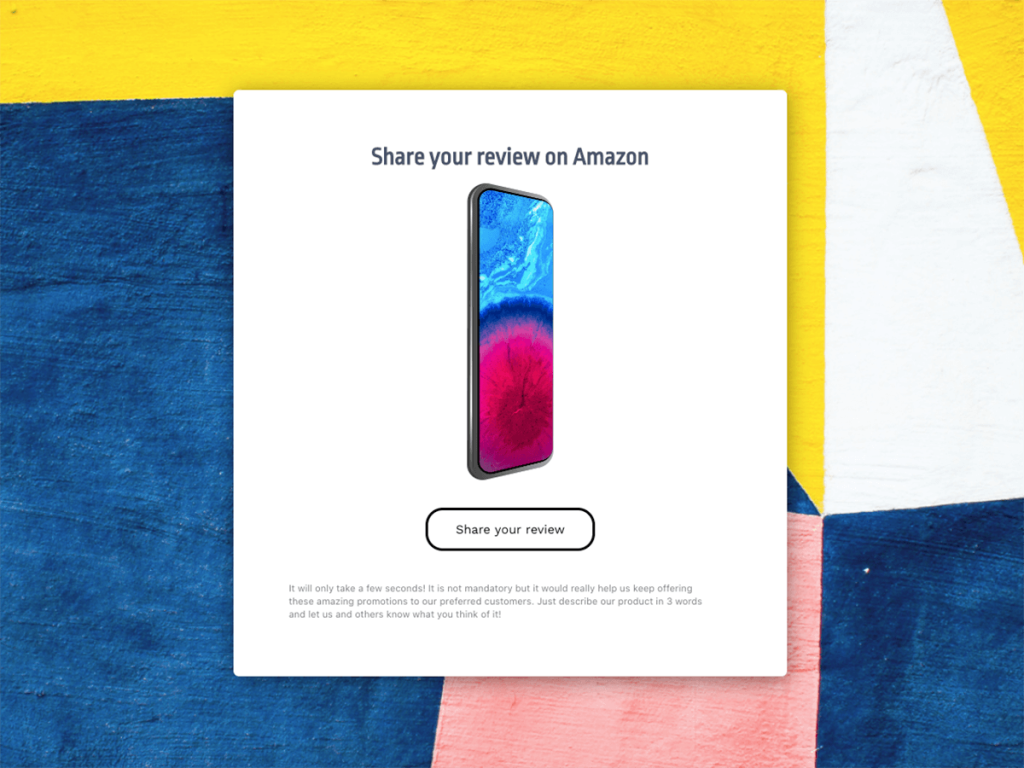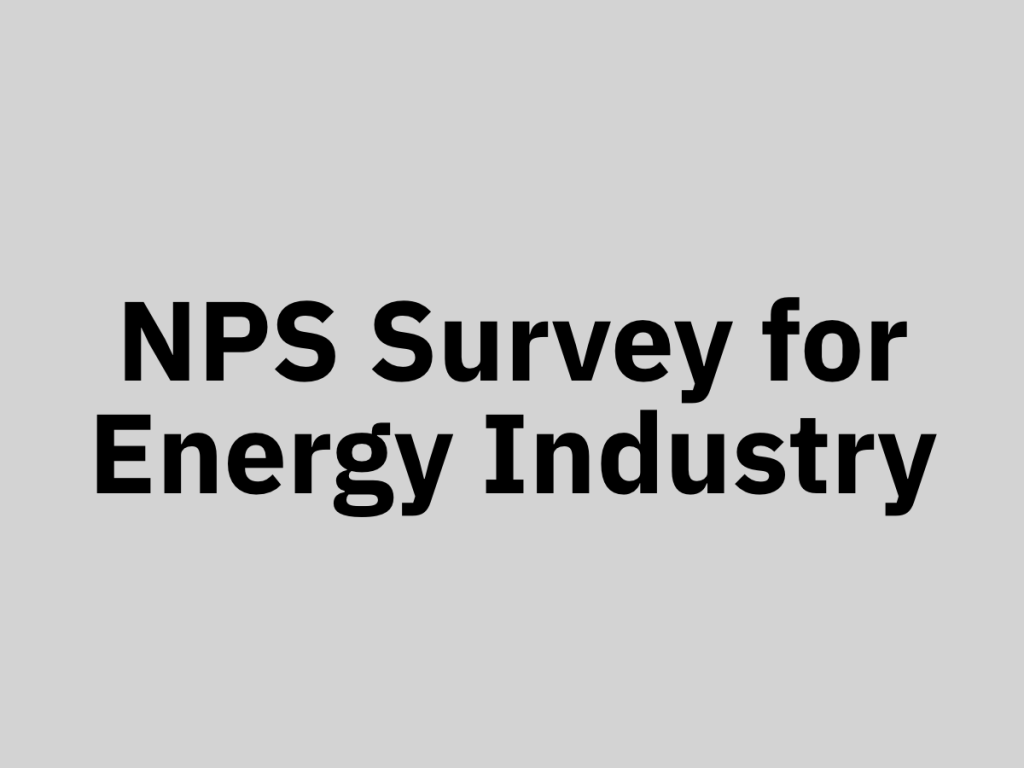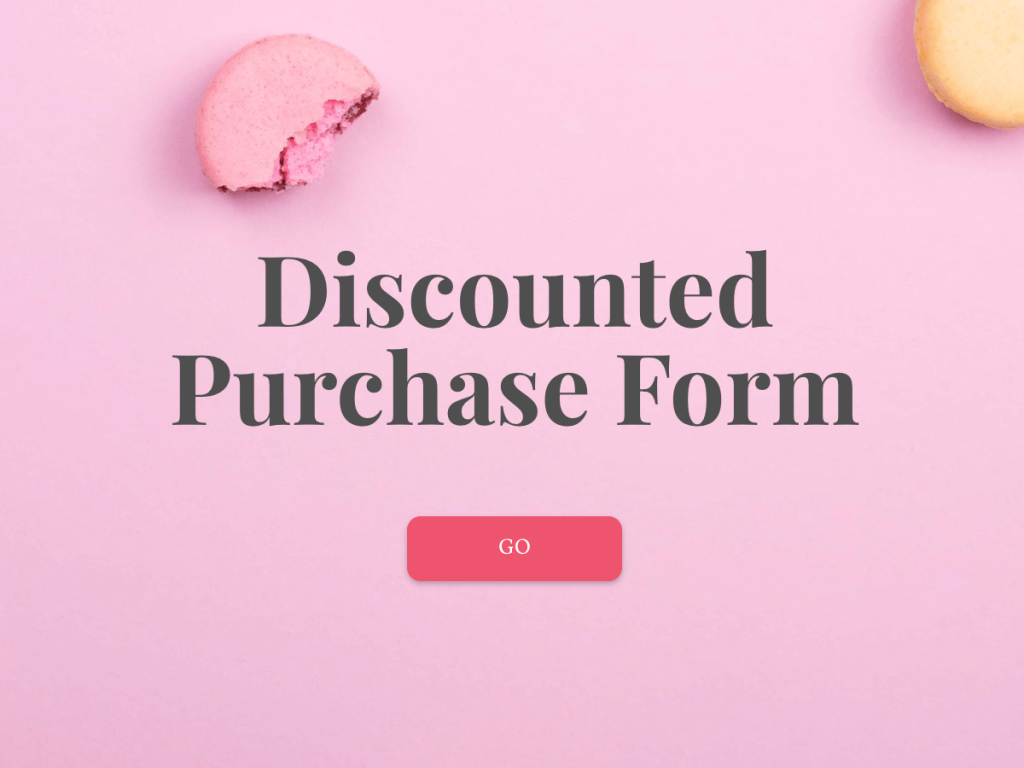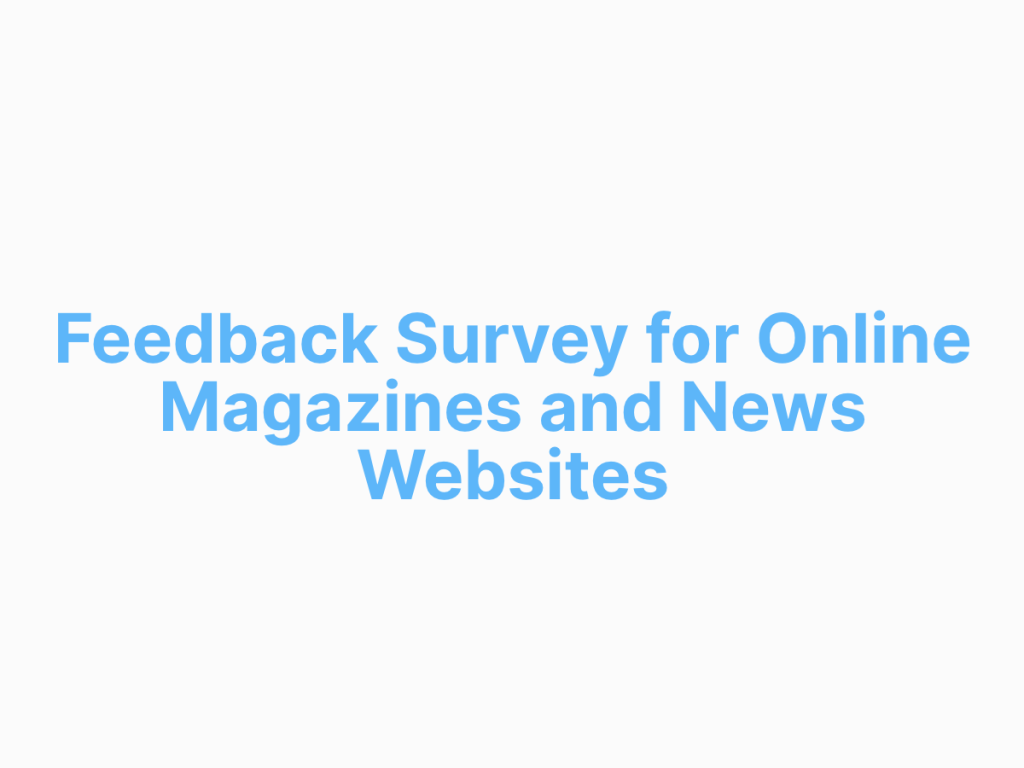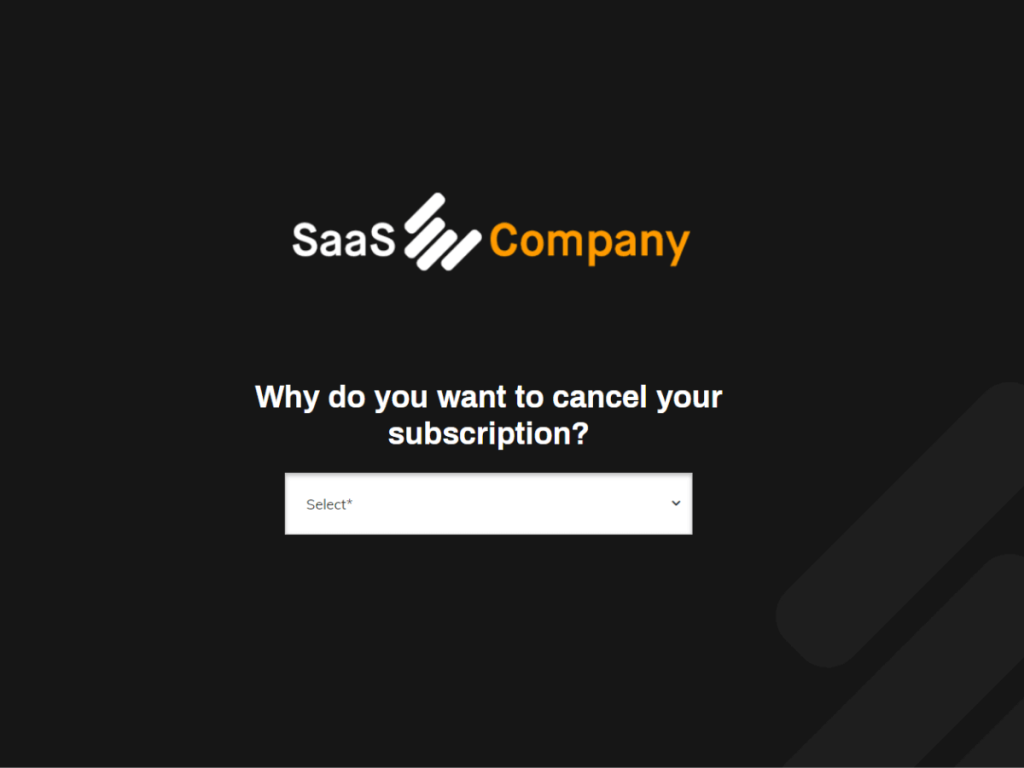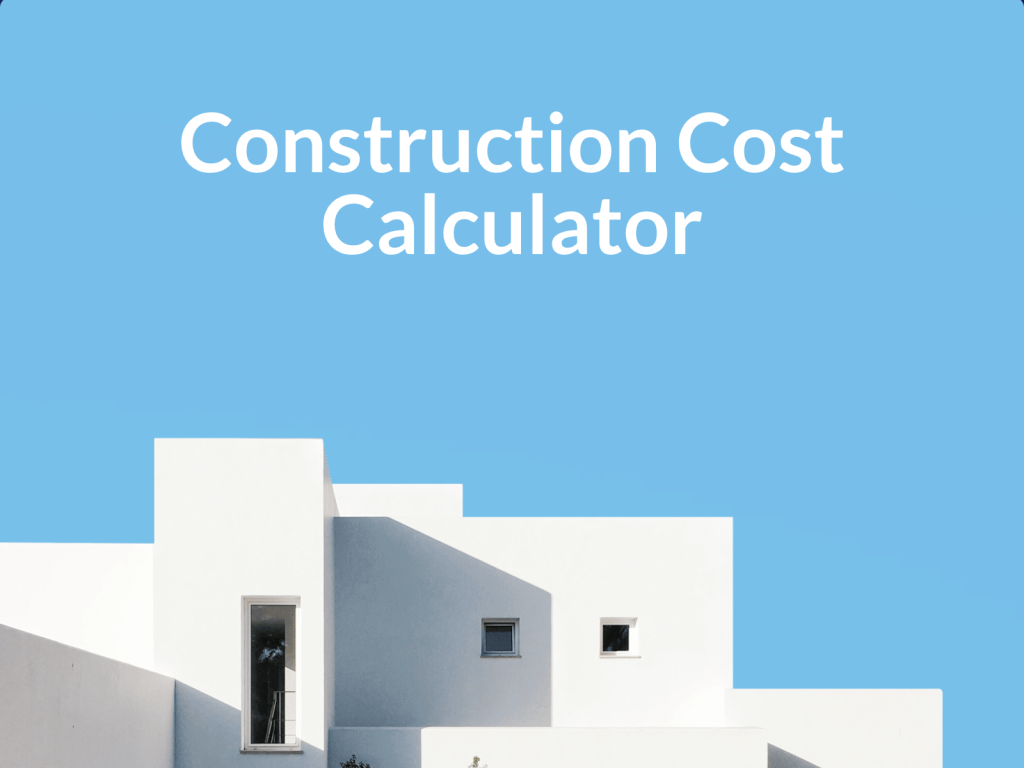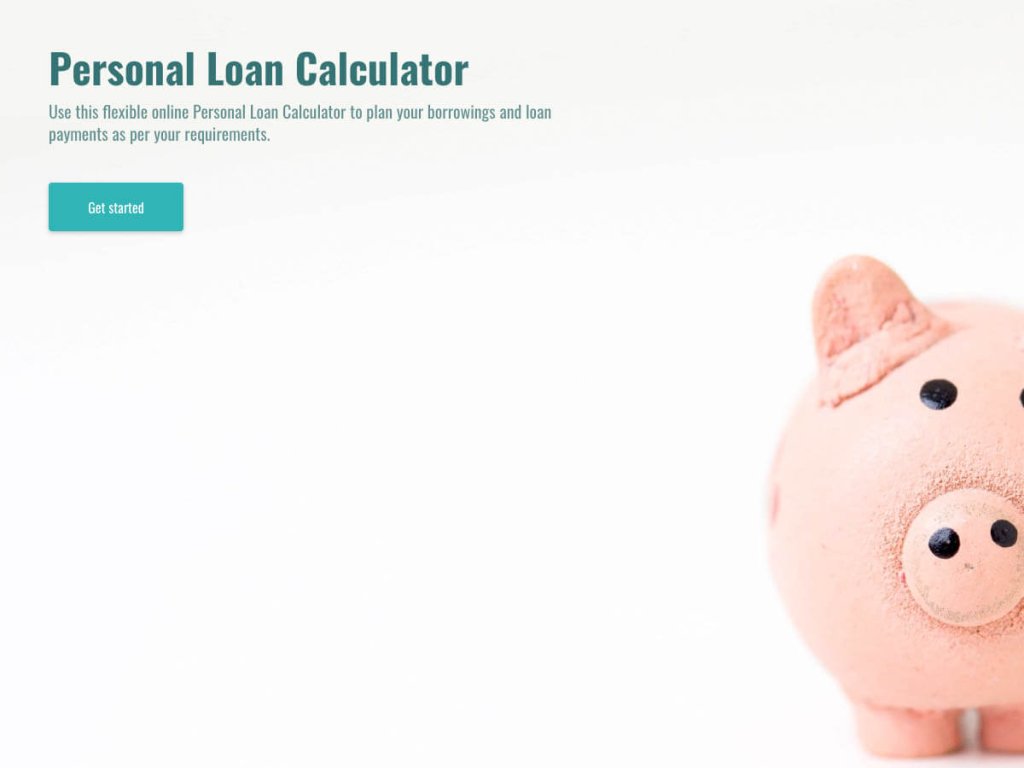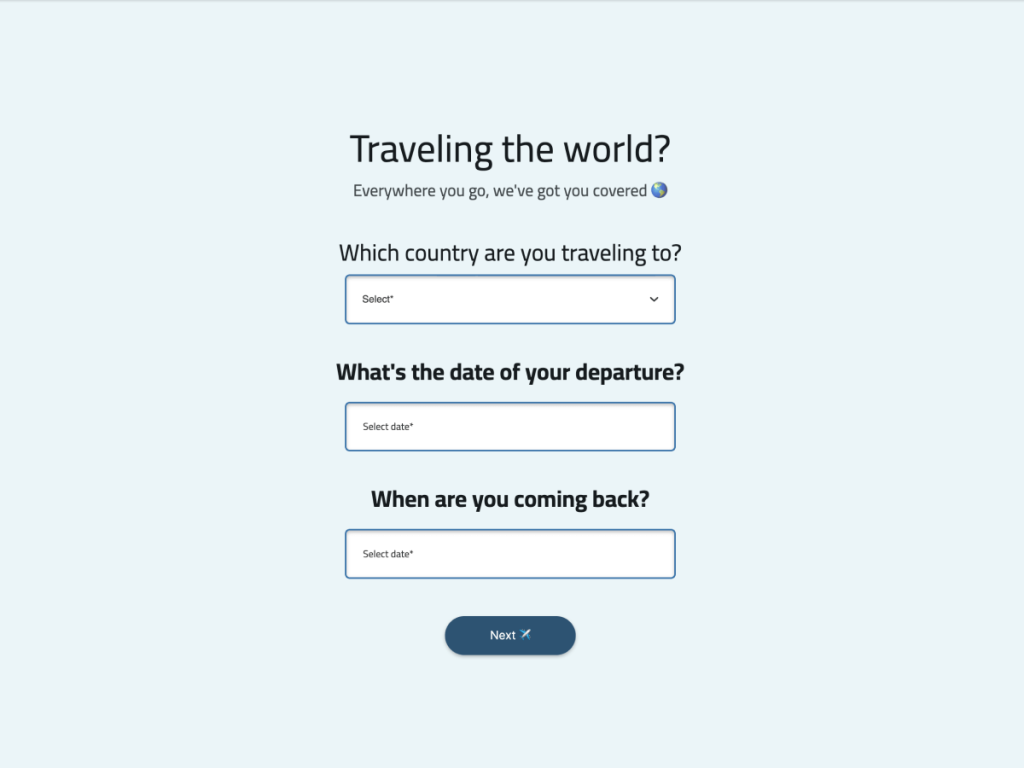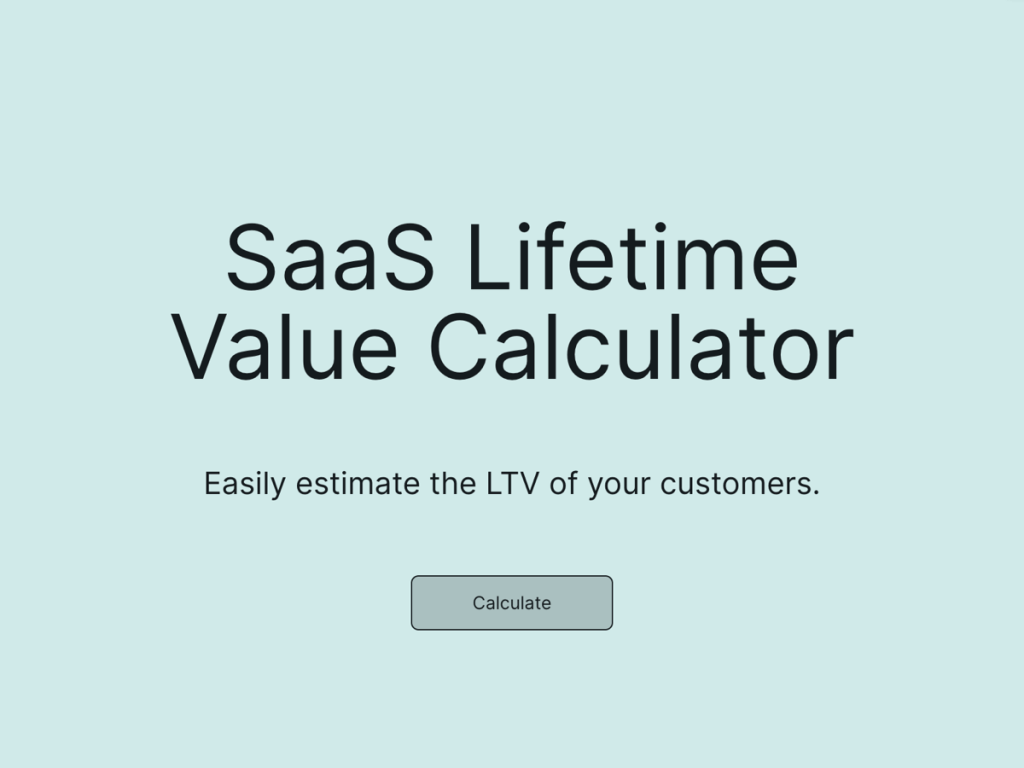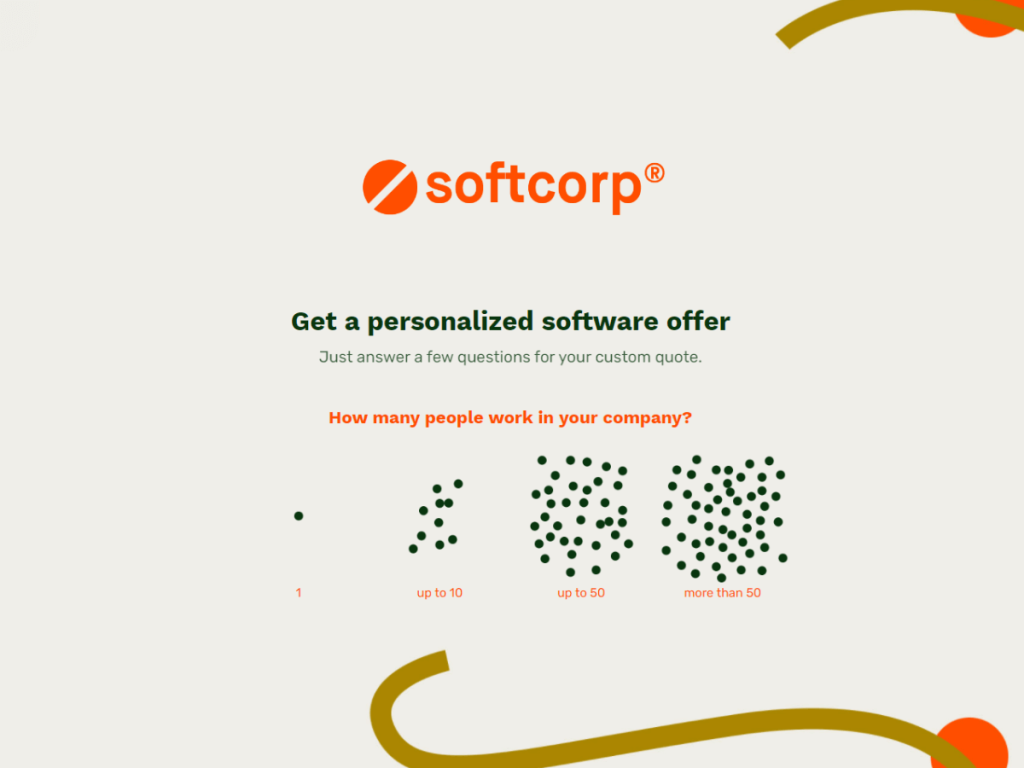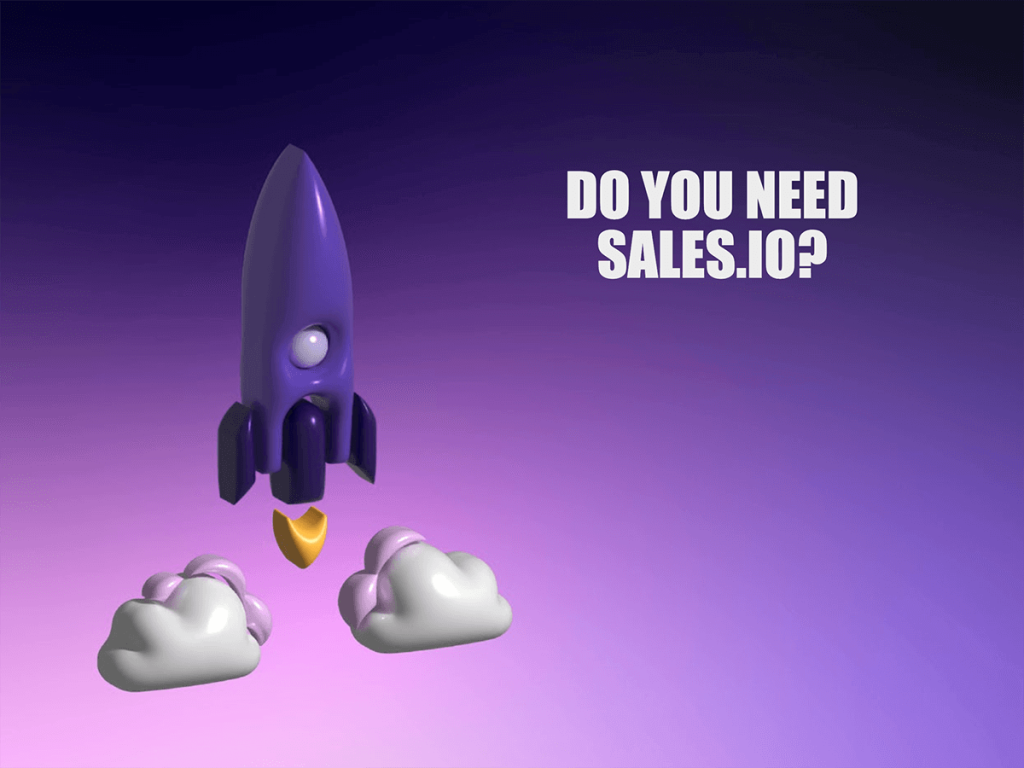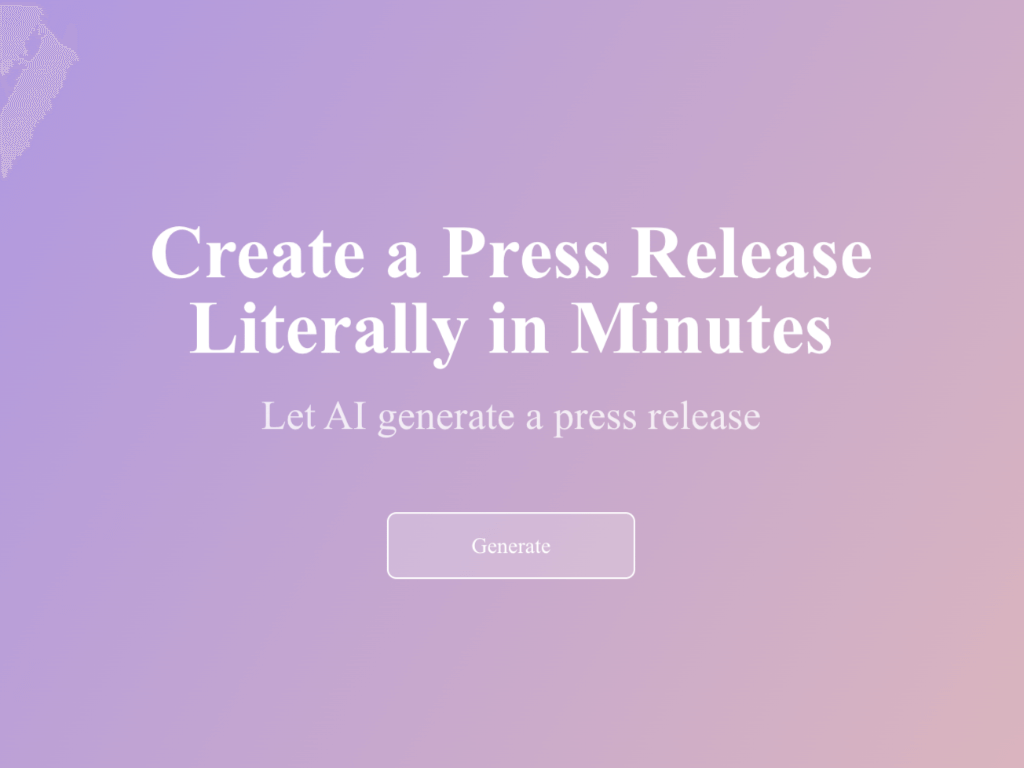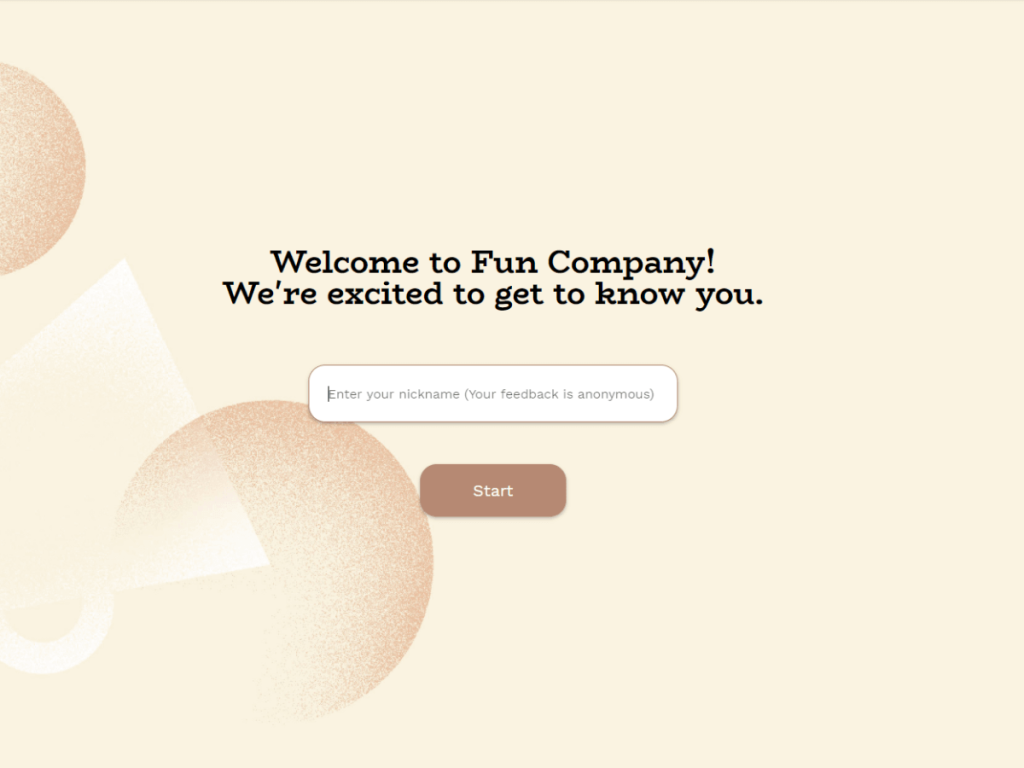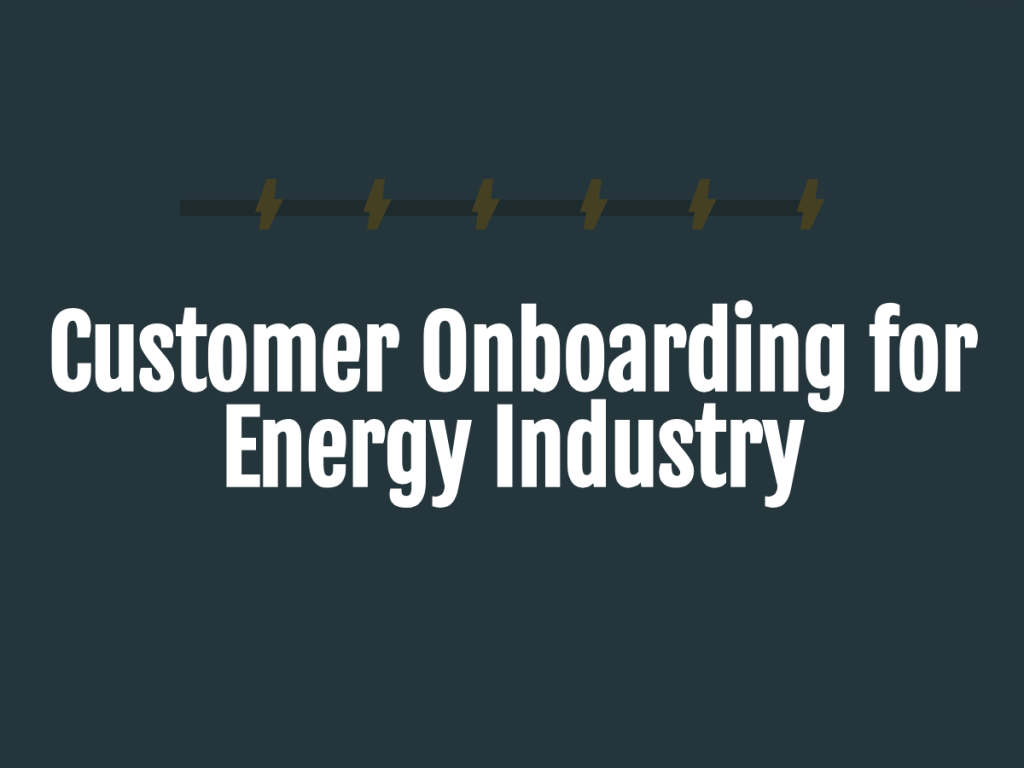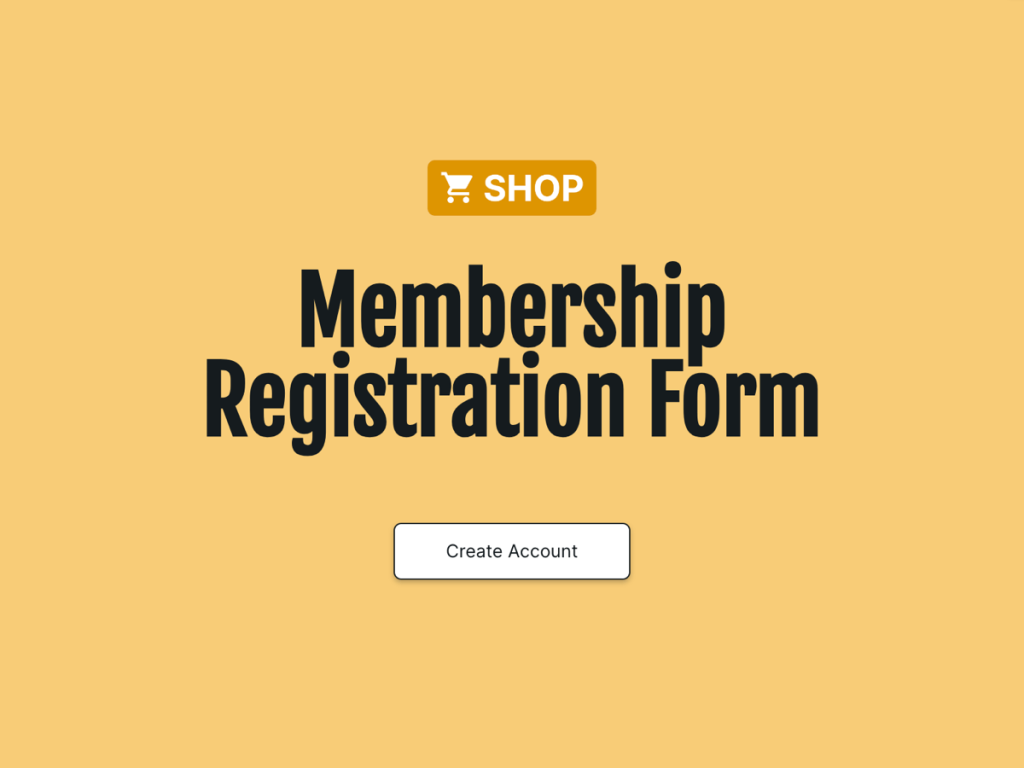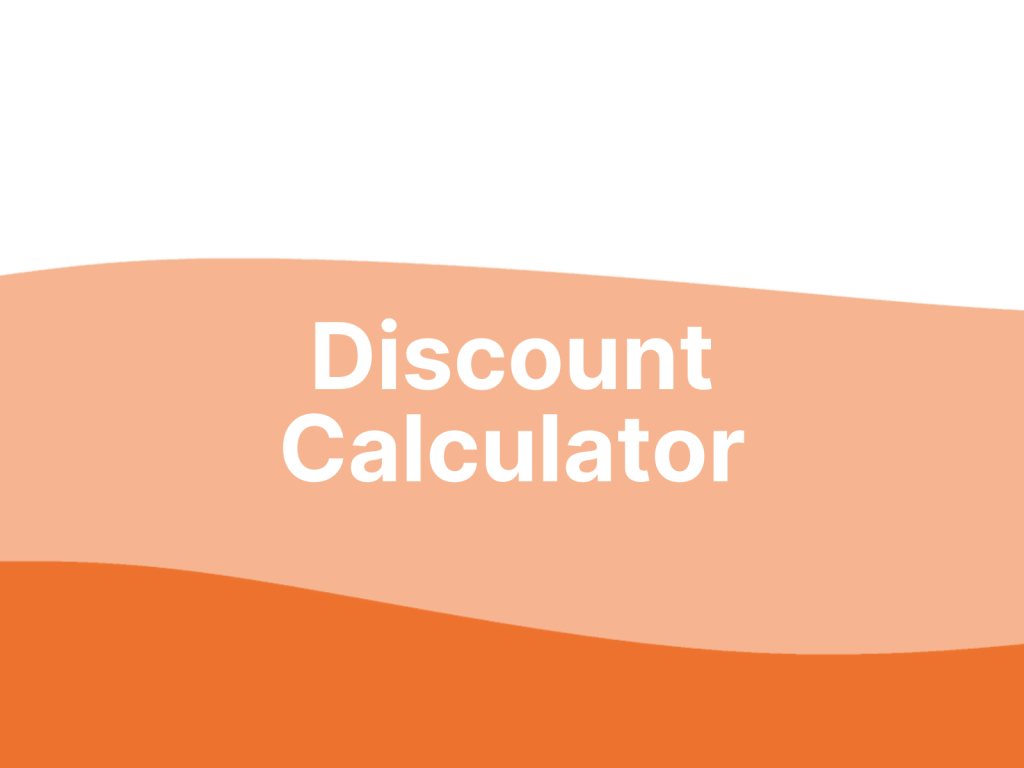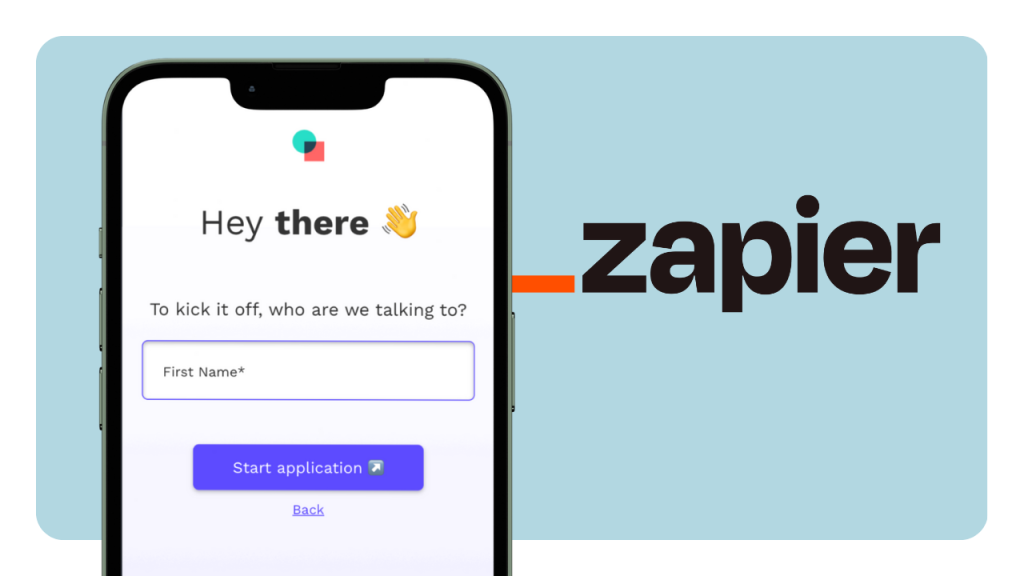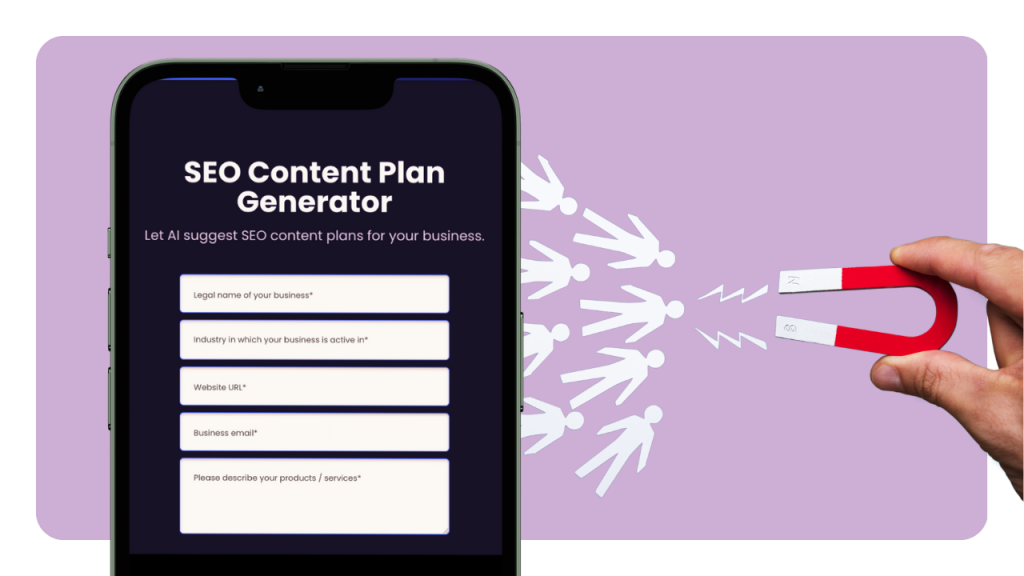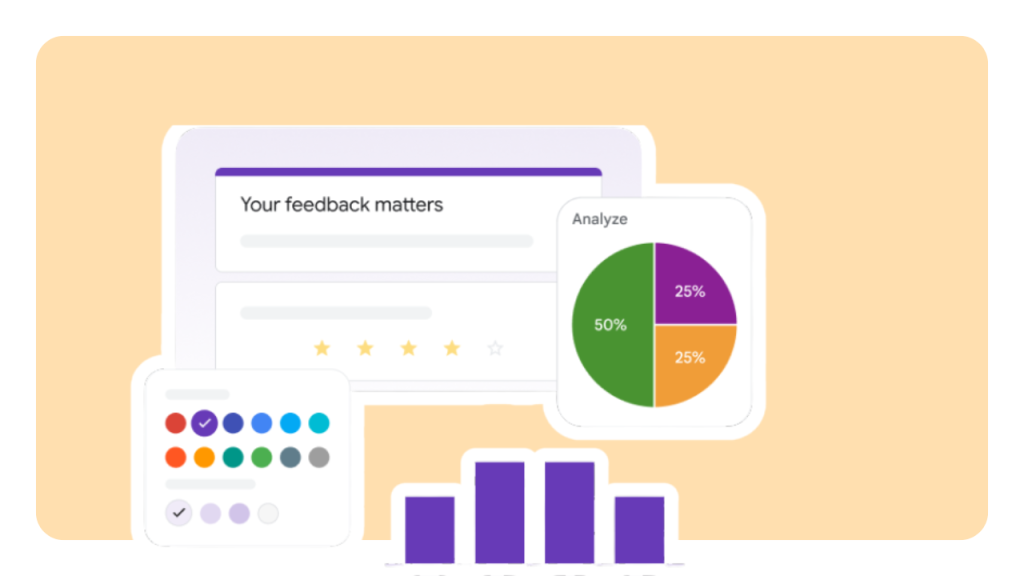The B2B sales pipeline is critical to driving revenue growth. It confines the sales opportunities as they move in the sales process from MQL to SQL for a customer. The sales pipeline is a sequence of steps, including lead generation, relationship building, and closing deals. These strategies accelerate your sales process and drive revenue growth for your business.
Why Do B2B Sales Take So Long?
It’s a rare event to find customers who want exactly what you offer and who will commit right on the spot. This is especially true in the B2B world. A report from CSO Insights a few years ago found that the average B2B deal takes four months to close. Things haven’t changed much since then.
To be clear, the B2B sales pipeline encompasses the entire process from initial contact with a qualified lead to closing a sale with them. A few reasons why B2B sales in that pipeline can often take an extended period of time include:
Many B2B customers already have relationships with existing vendors, and it’s not always easy to make the change from an existing vendor to a new one.
Since B2B customers are inherently focused on solutions, they need to make absolutely sure that your product/service is a right fit for them.
You may not be reaching out to the right leads in the first place.
B2B sales are often more complex than B2C sales due to the involvement of multiple decision makers.
Although patience is crucial in B2B sales, it's also essential to understand that there are actionable steps you can take to expedite the sales pipeline. We’ll talk about this next.
How to Increase Sales in Slow Months?
The slow months for B2B sales can vary depending on the industry and target market. In general, the summer months and the holiday season tend to be slower for B2B sales. Let's see what you can still do to improve B2B sales during that time:
Sales Funnel Optimization
The sales funnel is a visual expression of the sales pipeline. Optimizing the sales funnel is crucial to boosting your sales pipeline's momentum. This means ensuring that each funnel stage is explicitly defined and that no hiccups occur in the customer's journey.
The AIDA model can give you greater control over the prospects' purchasing decisions by designing campaigns and website content that align with this proven framework. The AIDA model outlines a consumer's four crucial stages before purchasing: Attention, Interest, Desire, and Action.
With the AIDA model in your sales funnel you can increase B2B deals and improve customer engagement. By following the AIDA model, you can guide your prospects towards a sale. As they move through each stage of the model, they will develop specific feelings and emotions about your product or service, ultimately compelling them to act especially if there’s urgency involved.
Build Your Own Sales Funnel Code Free
With One Of Our 300+ Templates
The concept of the ‘bully offer’ is a great lesson we can all learn from the real estate market. Essentially, this is an urgency strategy where a buyer will bid well above the asking price to a seller before the scheduled offer date. It's important to consider whether this urgency strategy is appropriate for your potential client's situation and if it aligns with your goals.
Only some opportunities have worthwhile priority. Some of your prospects are not worth the effort. Learn to screen out potential customers with a lower chance of closing—the most profitable way to pinpoint your ideal customers and consolidate your marketing endeavors there.
Identify Your Ideal Customer
Specifying your ideal client is essential to improving sales acceleration. Your customer avatar should include demographic data, data on potential company and emotional values, and other details that will allow you to focus on the right customers. With this data, you can focus your sales teams on the leads most likely to close, accelerating the sales cycle.
It's crucial to identify your top ten customers and determine the value they receive from using your solution. This requires obtaining two critical pieces of information from each customer. First, determine how much the customer is currently paying for your solution.
Second, ask the customer how much value they receive from your product or service. It's essential to avoid making assumptions about these numbers and instead ask the customer directly. You can contact them through a phone call, email, or survey.
Embed Surveys Into Your Website Code Free
With One Of Our 300+ Templates
The value your customer receives should be at least twice the amount they pay for your solution. This ratio is a key indicator of customer satisfaction and can help you prioritize your resources on high-value customers.
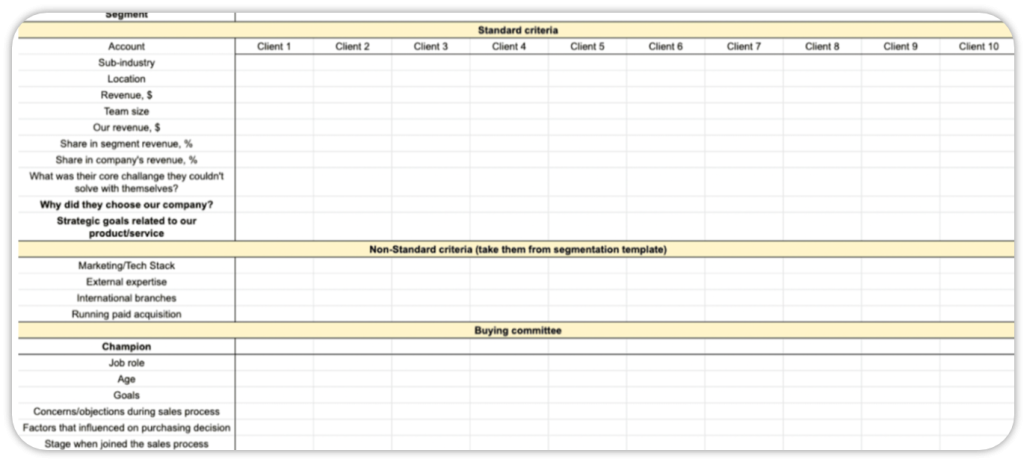
Remember, your marketing outreach needs to develop leads that will become loyal customers. Use CRM software that can assist you in pinpointing qualified leads. A CRM can support focusing on prospects with a better possibility of becoming customers, giving you more time for other B2B sales cycle stages.
Employ Automation to Cultivate Leads
Lead cultivating is a vital part of the sales pipeline. Automation can speed up the lead nurturing process. Use tools like email and social media automation, chatbots, and admin automation to provide personalized content to your prospects.
Nurture leads that have problems you can solve. Search specifically for prospects that match your customer profile. You can filter out those prospects whose needs and problems do not match those of your current customers.
There is no one-size-fits-all approach when it comes to automating B2B sales. Begin by depicting your workflows and operations to identify areas where automation can enhance efficiency. Consider what actions would allow you to better interact with your customers while increasing productivity. Follow these recommendations to streamline your workflows:
Determine repetitive tasks you can mechanize without impacting the customer journey. These may include record creation, activity logging, administrative tasks, lead generation, workflows, email sequences, post-sales onboarding, and reporting.
Develop a plan that includes metrics and milestones, enabling you to measure the effectiveness of your automation efforts. Establish clear and quantifiable objectives and determine how you will measure return on investment.
Involve your employees when selecting sales automation solutions. Since sales automation tools must be user-friendly, listen to your teams' requirements, and search for tools that simplify their workflows..
Use Calculators to Create Leads
Calculators are an interactive way to generate leads. Examples of online calculators that are commonly used are BMI, mortgages, auto loans, personal loans, insurance rates, shipping, CPC, monthly budgets, conversion rates, and so on. The type of calculator you’ll set up on your business website is based on what your business is about. For example, a business related to health and nutrition could set up a BMI or a calorie-based meal plan calculator.
Create Your Own Calculator Code Free
Using One of Our 300+ Templates
The goal of the calculator is to offer website visitors a tailored solution, and to obtain their email address in return. After setting up a calculator on your website, you can sync it up with a lead form plugin to gather the customer details, and then you can get in touch with them.
Coordinate Sales and Marketing
Sales and marketing professionals must work in conjunction to improve your sales pipeline. To organize sales and marketing teams, create a Service Level Agreement (SLA) that describes their goals and obligations.
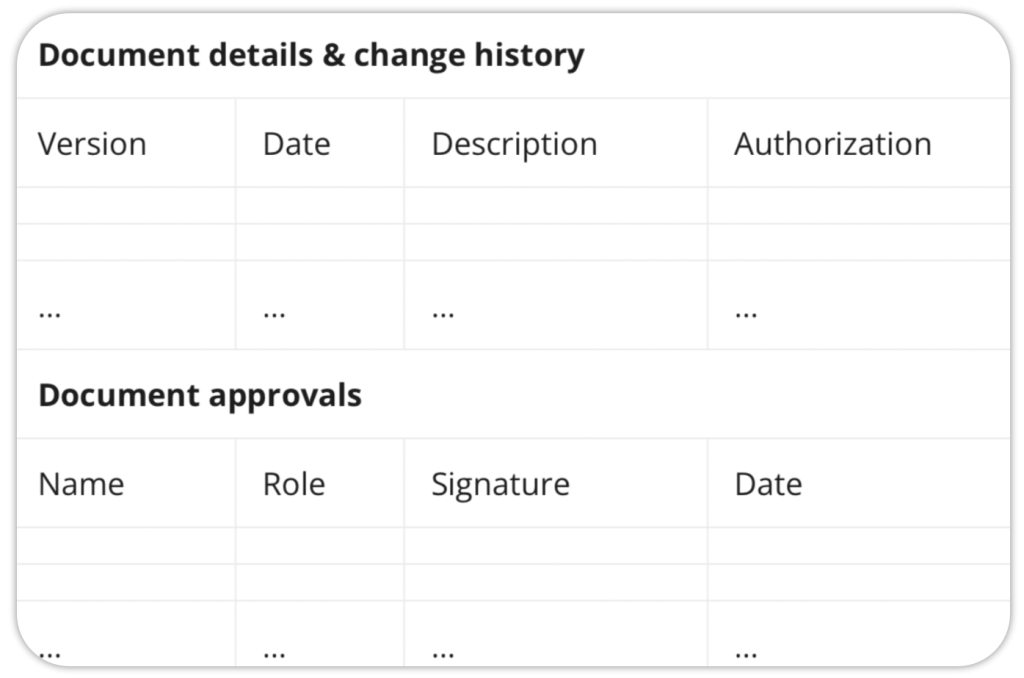
It's crucial for your marketing efforts to align with your sales methods. For instance, if a buyer has engaged with your business online through content marketing, but then hears a sales pitch that deviates from your marketing message, they may require clarification.
Equip Your Sales Team
Sales training is paramount to increasing the momentum of the sales pipeline. Provide your sales professionals with ongoing training in product details and updates, overcoming objections, and negotiating. This will stimulate them to close sales more quickly with more margin.
Automate anything your sales team does repetitively throughout the day. We've mentioned CRM solutions, which can administer and store customer data, determine sales opportunities, manage marketing efforts, and assist customer experience teams in performing better. It saves the complete communication record with the customer by connecting with your email and VoIP system.
Entering all this data by hand kills productivity. Implement lead tracking tools to stay updated on your lead's activities to determine if they will convert.
Use Sales Analytics
Leveraging sales analytics can provide your sales channel with valuable insights. To perform effective sales analytics, consider following this straightforward framework:
Select your data for analysis before diving into a new project. It's essential to choose which type of sales data to focus on.
Identify measurable sales targets to determine specific and quantifiable sales goals. For example, if you're offering a discount, you'll want to measure how the promotion impacts sales and which products perform the best.
Collect data manually or use a sales analytics tool that compiles data. Modern CRMs such as HubSpot CRM, Salesforce, or Pipedrive can compile data accurately and consistently, providing insights into individual customer performance and sales trends.
Visualize your data for better insights. Data visualisation tools such as Power BI, Tableau, or Google Data Studio can help you make sense of numbers. Graphical representations of data can show trends, patterns, and anomalies that may be difficult to identify from just a spreadsheet.
Prepare a future action plan based on the analysis of your sales data. Understanding customer behavior and anticipating their needs can help you tailor your sales efforts and exceed your targets.
Conclusion
Customer success should be the ultimate purpose of your sales pipeline. Concentrate on providing a phenomenal customer experience, and use buyer feedback to enhance your products and services. This will increase customer satisfaction and loyalty, driving revenue growth.
In conclusion, you need a strategic and holistic system to close deals quickly. By optimizing your sales funnel, you can improve the speed in your B2B sales cycle, close more contracts, and drive revenue for your company. Take action now by implementing these processes and watch your sales pipeline grow.

